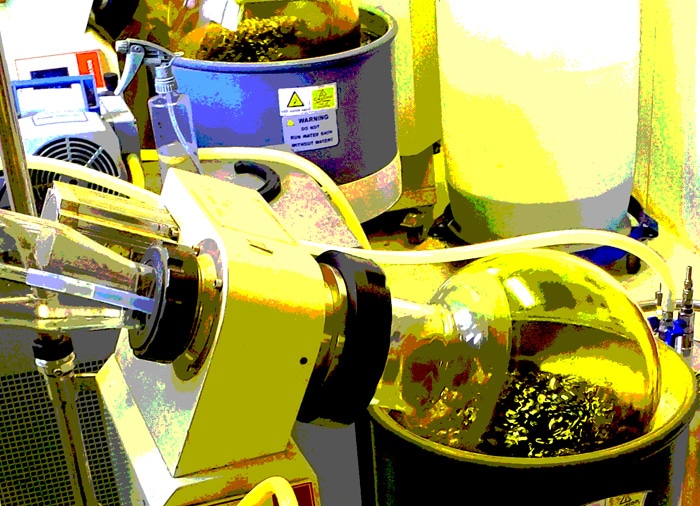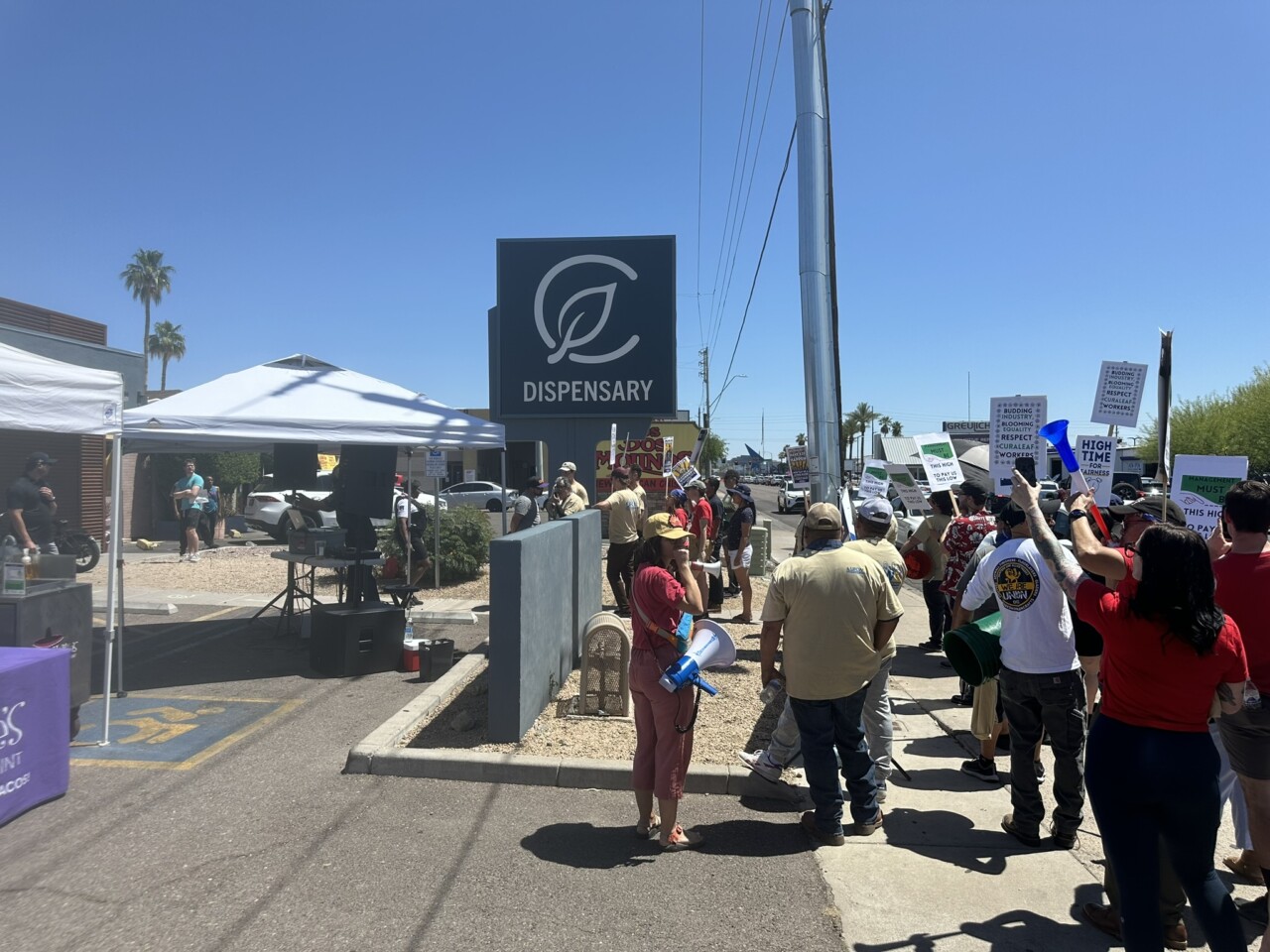BY ALLISON STEIN
Oh, the walk of shame!
You know, when you leave the dispensary without everything you’d planned to purchase or worse – you couldn’t get any medicine at all? You’ve maxed out your 2.5 oz. allotment within a two-week cycle. Maybe it hasn’t happened to you, but it’s about to become an issue.
As you may recall on May 28th, 2019, the Arizona Supreme Court determined concentrates are covered by AMMA. That’s the good news. The bad news is the idea that one gram of flower is the same as one gram of concentrate is not going to be the same.
Now that the dust is settling , what the new law actually says is that you can purchase the amount of concentrate that is the equivalent of 2.5 oz. of dry flower ONLY. Keeping track of your allotment might be a little harder now with the Justices understanding that it takes more flower to make a small amount of concentrate, according to the new law.
Doing the Math
Keep in mind your 2.5 oz. allotment does not have a start, stop or reset day. Instead it’s a 14-day cycle, meaning; what you purchase today will be available again in 14 days. As of right now, if you purchased an 8th (3.5 grams) of flower and half of a gram of shatter, only 4 grams will be subtracted from your remaining allotment.
Now it’s speculated that the same 4 grams might count as double on your allotment and that may mean that patients will leave dispensaries without their needed medicine, some possibly in tears.
Some patients might use a gram to a gram and a half a day of RSO (Rick Simpson Oil) to treat their cancer and other ailments such as chronic pain. Those patients could be stuck turning to the black market when their allotment runs out.
“Ambiguity”
Tom Dean, a criminal cannabis attorney, who serves as AZ-NORML legal counsel and vice president of the ACBA (Arizona Cannabis Bar Association), thinks there is a lot of “ambiguity” in the Supreme Court ruling on the Jones Case and AMMA. In a phone conversation, Dean mentioned that the Supreme Court ruling said, “all parts of the plant are covered by AMMA,” and, that concentrates allotments are supposed to be measured based on the 2.5 oz. of dry flower it takes to make them.
When questioned about patients seeking medicine from the black market, he did point out that the court and AMMA do not restrict patients from making their own concentrate. Until this loophole is taken to trial, it might remain another “gray area”.
According to Dean, “If it is taken to court, there is a good chance of winning due to defense based on the ‘Rule of Lenity.’ If it sounds like a big attorney phrase well, it is. It means if there is too much ‘ambiguity’ in the law the law that the court should side with the defense.”
Mikel Weisser, the state director of the Arizona state chapter of NORML, spoke at the law seminar on Wednesday, June 26, in a presentation given by the Arizona Cannabis Bar Association as part of the Arizona Bar Association annual legal conference. In his brief speech, Weisser mentioned that the recent testing bill SB1494, which takes effect in November 2020, opened up the cannabis products to being regulated by AZDHS and this will affect the lives of patients and industry.
Up until now AZDHS has essentially taken a “hands off” to regulating the medical marijuana program. The loosely operated AZDHS medical marijuana program will now have a testing board/committee that will handle testing and other health and safety concerns including those brought up by the Supreme Court ruling of concentrates allotments.
The New Advisory Board’s New Huge Mess
Right now, it’s estimated that concentrates allotments could be adjusted based on conversion ratios. Among the formulas that have been batted around are 6.7 to 1 down to 3 to 1, meaning every gram of concentrate would equal somewhere between 3 to 6.7 grams of flower out of the 70 grams allotted every two weeks.
That would mean 70 grams of flower would equal to 10 grams of concentrate per 2-week cycle, and not 2.5 oz. Both industry lobbyists and patient advocates are pressing for the lowest ratio possible. Keep in mind it can take as much as 28 grams of flower to make one gram of RSO. The math problem required will equal a huge mess for the new AZDHS testing board.
Confusion over differing amounts of how much flower, trim or kief it takes to make 1 gram of concentrates is part of the problem. It’s because there really hasn’t a set standard used in AZ, due to so many variables in plant strains and production method.
Until the smoke clears it’s recommended that you keep track on your allotment and as always keep your receipts. We will keep you posted on this concentrate chaos.








Leave A Comment
You must be logged in to post a comment.